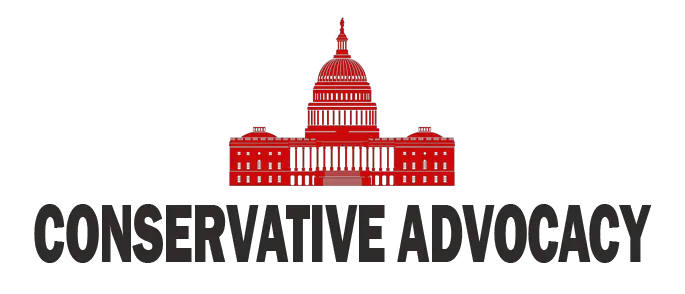In recent discussions about redlining, the historical context has often been mischaracterized. Contrary to popular belief, the practice of redlining, which involved denying mortgages to individuals in certain neighborhoods deemed “risky,” was not simply an act of racism but an economic decision based on various factors, including the financial stability of the areas in question.
Redlining was officially outlawed in 1968, but many critics of current housing practices fail to acknowledge the realities of those times and how government policies interacted with these so-called red zones. Unfortunately, the narrative that claims systemic racism as the sole reason for economic disparities overlooks critical aspects of how these neighborhoods were classified. In fact, areas designated as “red” were often characterized by high Black populations. This raises important questions about the motivation behind the labeling and the subsequent allocation of resources.
Interestingly, government programs during this era systematically restricted access to homeownership for Black families who lived in these regions. The intention was not to uplift but rather to sustain long-term disinvestment in these neighborhoods, illustrating that redlining was an outright discriminatory practice. The idea that redlining was uniformly harmful recognizes it as part of a multifaceted system that exacerbated poverty.
Further complicating this narrative are the financial realities that underpinned lending decisions. Lenders assessed risk based on racial demographics rather than purely economic conditions, as the government’s designations of certain areas were explicitly based on race and ethnicity. While some economic factors were considered, race undeniably played a pivotal role.
As the conversation around housing and economic opportunity evolves, it’s crucial to engage with these historical facts. Relying on simplistic interpretations of redlining only serves to cloud the real issues at play in today’s housing market. Instead of fostering a dialogue on responsibility and improvement, focusing merely on past injustices may hinder progress. Understanding the totality of the circumstances is essential for creating effective solutions that provide real help to communities still in need. Only then can society move toward a brighter, more equitable future while embracing accountability for personal and community development.




